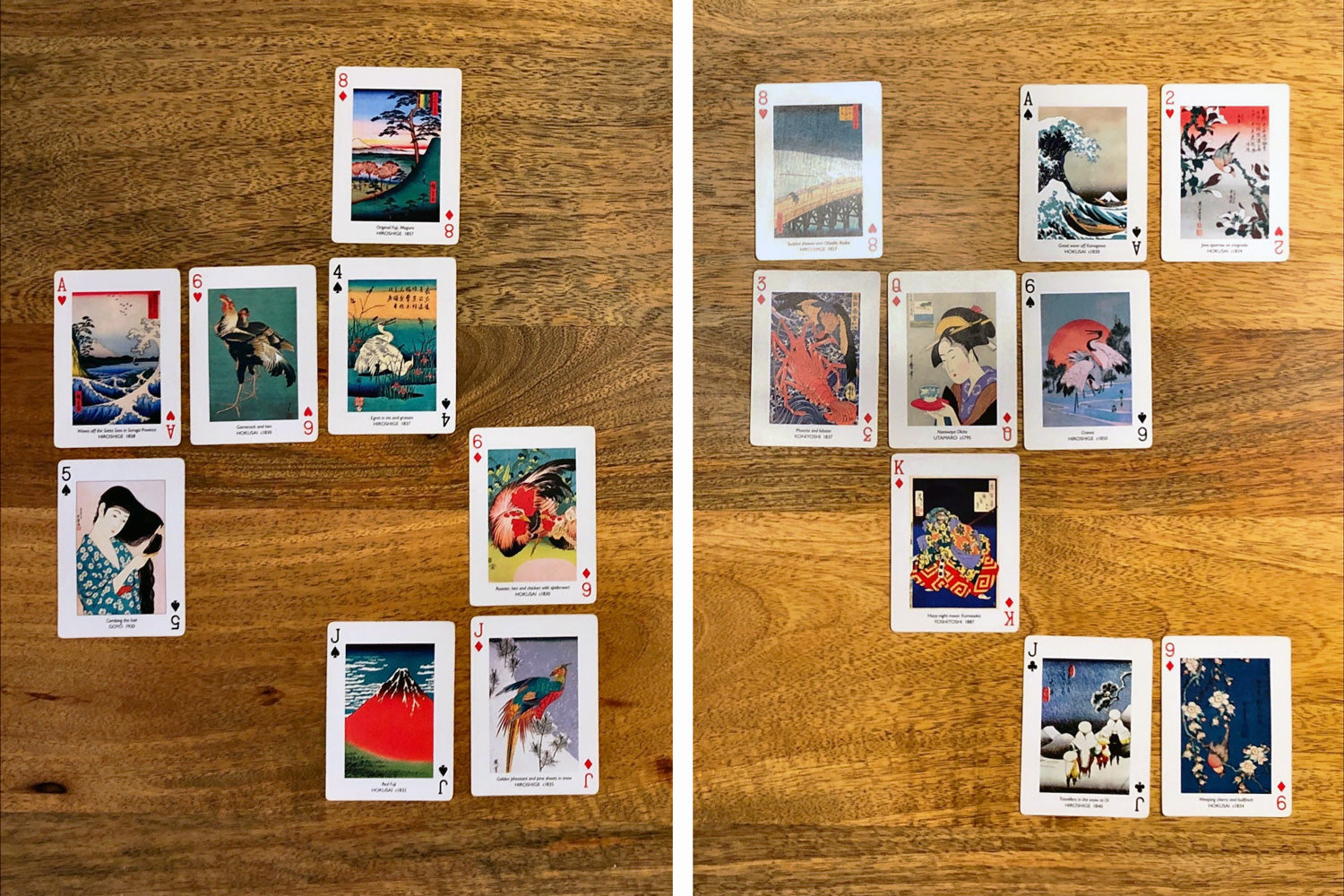Purpose
This is a fantastic exercise in getting a group practice working together, coordinating their activities and learning to work more efficiently. Delegates must review their performance and think of better strategies in problem solving.
As an analogy this exercise can be thought of as a production team tasked to produce a gadget where the efficiency of the team leads to better production rates. The team must think of ways to improve the production rate and workflow. They must think of strategies that can be implemented easily in practice and improved on. The exercise requires teamwork, leadership, communication skills and the ability of each team to get the best from every individual.
Objective
Every team member must touch a tennis ball once and to do so as quickly as possible.
What You Need
- Two tennis balls for each group of 8. You need a minimum of 6 balls.
- An empty area indoors or outdoors.
- Prizes for a team of 8.
Setup
- Divide the delegates into groups of 8. It is best if groups are of equal size so their performances are comparable.
- Give one tennis ball to each group.
- Explain that each team must go through many rounds with the same objective. In each round, every member of the team must touch their tennis ball once.
- The rules are:
- At any given time, only one person can touch the tennis ball.
- The tennis ball can be touched or tossed depending on whatever strategy they want to follow.
- The tennis ball cannot be placed on another object such as a table or a chair.
- If the tennis ball is dropped on the ground, the “production” has stopped. The round is void and the team must start from the beginning after 30 seconds.
Stage 1:
- Once everyone has touched the tennis ball, a round is completed and teams should move on to repeat another round.
- All groups are competing with each other. The group that can complete the most number of rounds in 5 minutes wins.
- Allow 3 minutes for teams to brainstorm strategies.
- On your mark, start the exercise and time their activities. You may need assistants to count the number of rounds or supervise teams if you have many people participating.
- Declare the winner at the end of the allocated time.
Stage 2:
- By the end of stage 1 the teams should feel more comfortable with their approach and strategy and should have improved their efficiency towards the end. It is now time to make the task more challenging.
- Teams now have to deal with a new scenario; a member of the team is away on a business trip and no longer available. Another member has called in sick. So now the team is two people short, but it must cover the duties of the two people who are missing. In each team two people must stay out for this stage. Hence, in each round there must still be 8 touches on the ball but with only 6 people involved.
- Give each team 2 minutes to devise a new strategy.
- As before the team who can complete the most number of valid rounds in 5 minutes wins.
Stage 3:
- Now in this scenario everyone is back in the team. The manager has got a new demand based on the client’s needs. The team must now produce twice as much.
- Give each team a second tennis ball. Explain that they must follow the rules as before. Each member must touch both balls, but no balls can be touched at the same time.
- Give 2 minutes for brainstorming.
- Start the exercise and allocate 5 minutes.
- Identify the winner at the end.
Stage 4:
- Pick two teams that had the best combined score in the past three stages.
- In this stage they will go head to head while everyone else will be watching and cheering them during the exercise.
- Give three balls to each group.
- Explain that the rules are the same as before and they must manage a triple production rate.
- Allow 2 minutes for each team to brainstorm on strategies.
- Start the exercise and allocate 5 minutes while counting the valid rounds.
- Once completed, if the teams are very good or their performance is very comparable you can optionally get them to go through another stage with 4 balls or even more.
- At the end, declare the ultimate winner and give each member a prize.
Timing
Explaining the Exercise: 5 minutes
Activity: 3 min strategy + 5 min stage 1 + 2 min strategy + 5 min stage 2 + 2 min strategy + 5 min stage 3 + 2 min strategy + 5 min stage 4 = 27 minutes
Group Feedback: 10 minutes
Discussion
What strategies worked best? What did the winning team do that made them successful? Did you assign a leader to coordinate your activities? Did you have a good leader? How well did you communicate with each other? How well did you deal with stress? Did you manage to get the best performance from everyone? Did you support each other especially if some members had difficulty in certain activities? Did you alienate or blamed any single member for the team’s poor performance? Did you manage to improve the team’s performance as you progressed through the stages? What contributed to your improved performance? If you had a chance to go through this exercise again, what would you do differently?
Soft Skills Training Materials
Get downloadable training materials
Online Train the Trainer Course:
Core Skills
Learn How to Become the Best Trainer in Your Field
All Tags
Training Resources for You

Course Design Strategy
Available as paperback and ebook

Free Training Resources
Download a free comprehensive training package including training guidelines, soft skills training activities, assessment forms and useful training resources that you can use to enhance your courses.

Our Comprehensive Guide to Body Language

Train the Trainer Resources
Get Insights - Read Guides and Books - Attend Courses
Training Materials
Get downloadable training materials on: Management Training, Personal Development, Interpersonal Development, Human Resources, and Sales & Marketing














Leave a comment
All comments are moderated before being published.
This site is protected by hCaptcha and the hCaptcha Privacy Policy and Terms of Service apply.